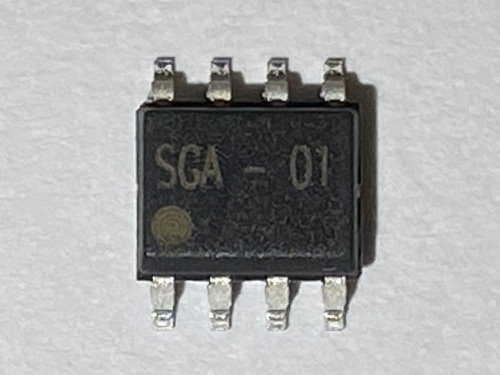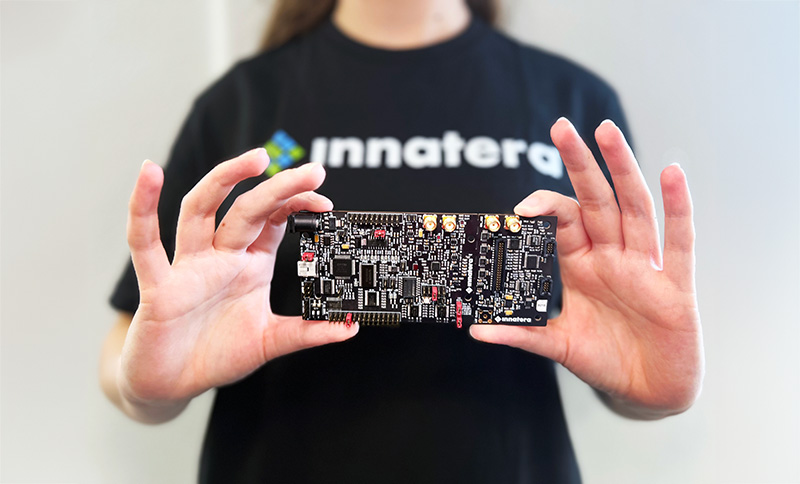Your cart is currently empty!
Sandgrain bags additional €2M to advance its electronic bar code
On top of an initial 1.3 million euros, DeeptechXL has granted Sandgrain 2 million euros in extended seed funding. This Eindhoven-based startup is working on an electronic bar code that it claims will revolutionize the authentication for IoT devices. Sandgrain says its commercial efforts have already resulted in significant traction at potential customers. The company will use the new funding to start widespread pilot projects with a key selection of interested parties. Design-in kits, based on fully functional Sandgrain A chips, are now available for evaluation.

Founded in 2019 by industry veterans, Sandgrain builds on an idea once co-conceived by Mapper. It uses a unique combination of manufacturing technologies to hard-code the identity of a chip so that it can never be altered. Each Sandgrain chip is physically unique and 1043 physically unique chips can be produced – more than there are grains of sand on the entire earth. Secure identification and authentication of the chips is guaranteed, controlled by a secured cloud platform based on a post-quantum resilient symmetrical authentication algorithm.

According to Sandgrain, the combination of a unique, hard-coded, immutable and unhackable token IC on the end node and a single, central and highly secure authentication server makes its solution extremely robust, reliable and scalable. This offers the necessary level of protection for potentially billions of devices. Trusted identification and authentication are relevant for any sector with connected systems, including high-tech equipment, (I)IoT appliances, (I)IoT smart networks, automotive and critical (utility) infrastructures.


